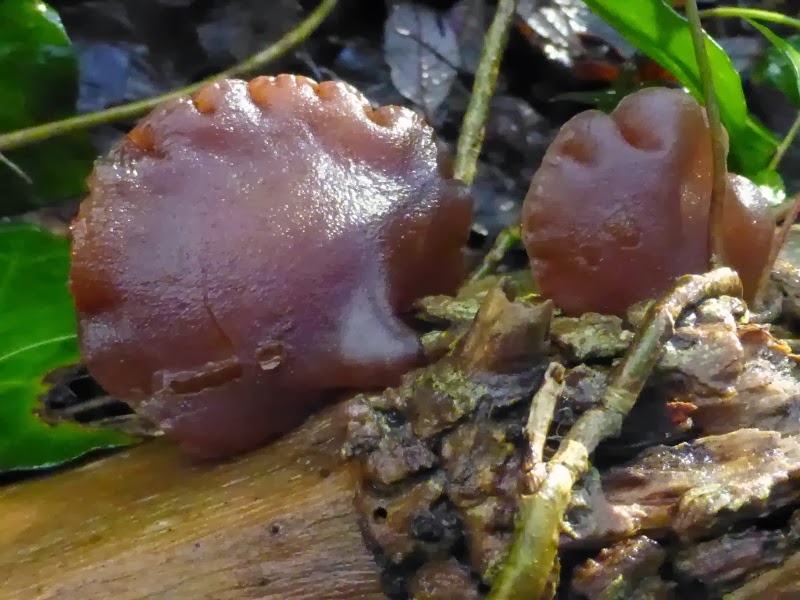Arriving at Saltash I checked out the small wood by the Tamar Bridge to find that the muddy paths had all been gravelled over and more undergrowth had been cleared away with benches and childrens playthings dotted around amongst the trees. There were still plenty of small birds flitting about the trees but no redwings or blackcaps this year. Scanning the mudflats of the Tamar from amongst the trees and there was no sign of any spoonbills so I headed down to the Quay where I met Mavis before getting on the boat. There had been no spoonbill sightings from the boat as it headed along the river to Saltash so we headed off upriver straight away, seeing a storm blown guillemot under the Tamar Bridge.
The usual birds were seen along the estuary with the highlights being a greenshank, a common sandpiper and a lone dunlin with a limp along with avocets, redshanks, lapwings, curlews and oystercatchers. 2 ravens were feeding in a field by the river and in the strong sunlight had a beautiful glossy purple sheen. There was no sign of any spotted redshanks in the usual place at Cargreen and no sign of any spoonbills.
The best birds were 2, possible 3, little gulls - a 1st Winter and 1, possible 2, adults. A flock of small gulls were flying over the river and resting on the mudflats on the Devon side of the Tamar north of Weirquay and as I had a quick scan through them I picked out a 1st winter bird followed by a very nice adult. Unfortunately the boat had to turn around at this point due to the low water level and the noise disturbed the birds and they all flew off to the nearby fields (on the Devon side) and out of sight and I thought I picked out a second adult bird in the swirling flock but couldn't be sure as I quickly lost sight of it. Interestingly 4 adult little gulls were seen on the River Plym that afternoon.
Heading back to Saltash and then along the River Lynher and a peregrine was seen soaring high over the Tamar Bridge and later a pair of peregrines were hunting over the mudflats and spooking all the birds, a large female and a noticeably smaller male. Also seen along the Lynher were avocet, black tailed godwit, teal and wigeon. There was still no sign of the 3 wintering spoonbills and so I had resigned myself to not seeing them this part of the winter, planning instead to do the boat trip again later in the year in November for another try.
Arriving back in Plymouth by bus and I had a quick walk around Plymouth Hoe, seeing a few razorbill and guillemots and a lone great northern diver before heading home.
Monday 17th February and another storm battered the coast although much, much less intense than of late. I decided to have a walk around Plymouth Hoe and things started off well with a very nice adult glaucous gull (definitely a glaucous gull!) on the roof of The Barbican fish market. 4 guillemots were sheltering near the Sutton Harbour lock gates and I then bumped in to a local birder I see out and about around Plymouth who had been watching spoonbills on Drakes Island and so I quickly headed to Rusty Anchor to have a look, seeing a very nice adult little gull feeding close to shore near Tinside Pool along the way.
Glaucous Gull
Glaucous Gull
The light was being to fade and so I headed home, seeing a few razorbills and guillemots along the waterfront along with a great northern diver close to shore near the totally trashed Wet Wok restaurant. Fortunately the adult little gull was still feeding in the same place and I went down to the waters edge where I had some lovely views. It had a distinct pink flush to its chest and belly and was beginning to develop its black head as it fed petrel-like over the water with occasional harassment from the nearby black headed gulls before it flew off strongly out to sea.
The glaucous gull was still on the fish market roof on my return walk and I headed off home, a bit wet and wind blown but very pleased to have caught up with spoonbills for my year list.























